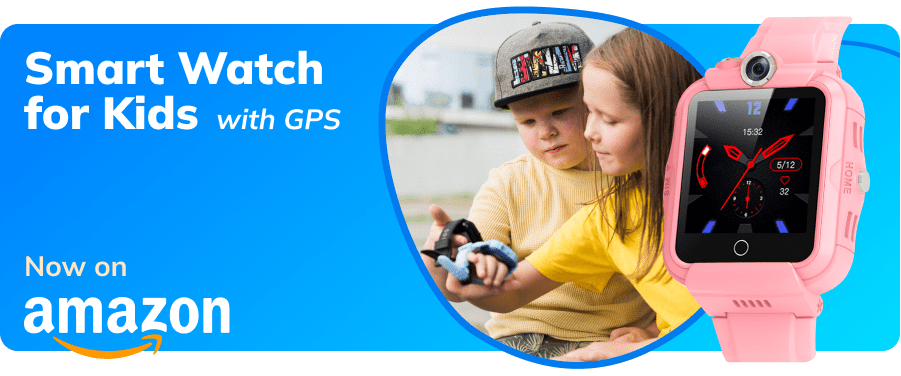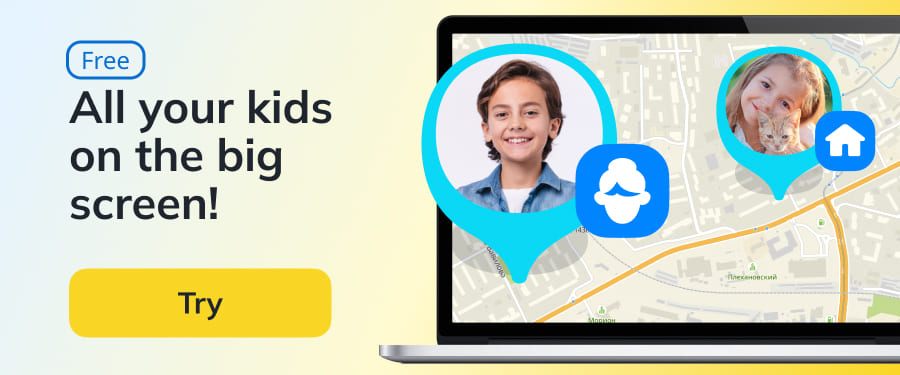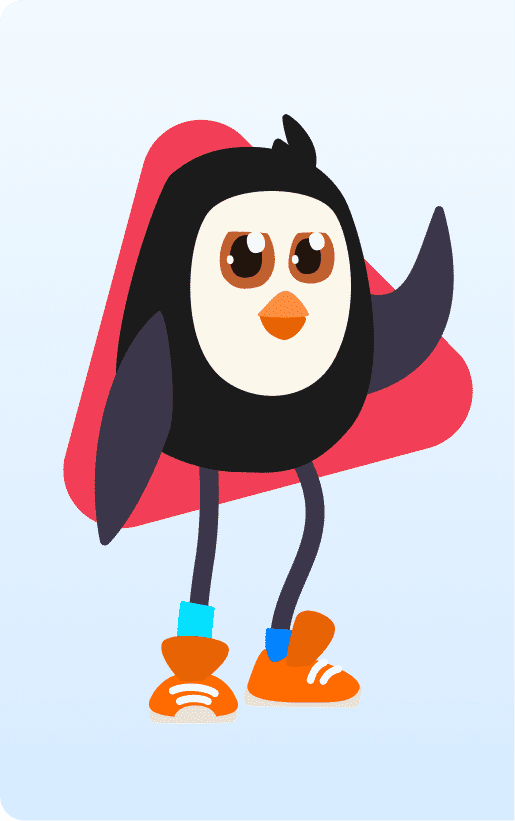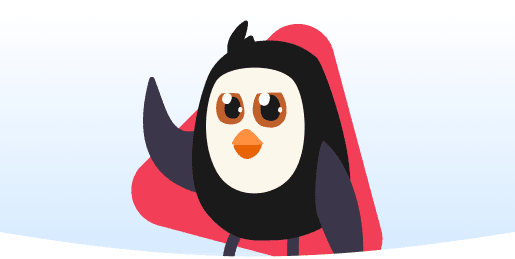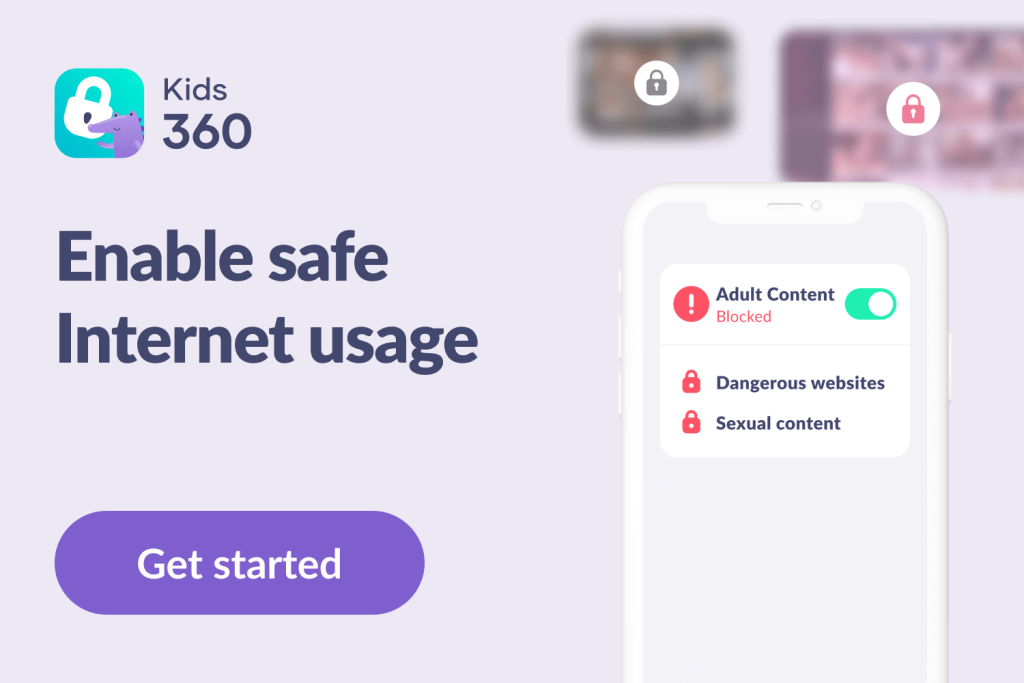Why Your Kid Keeps Sending the Skull 💀 Emoji
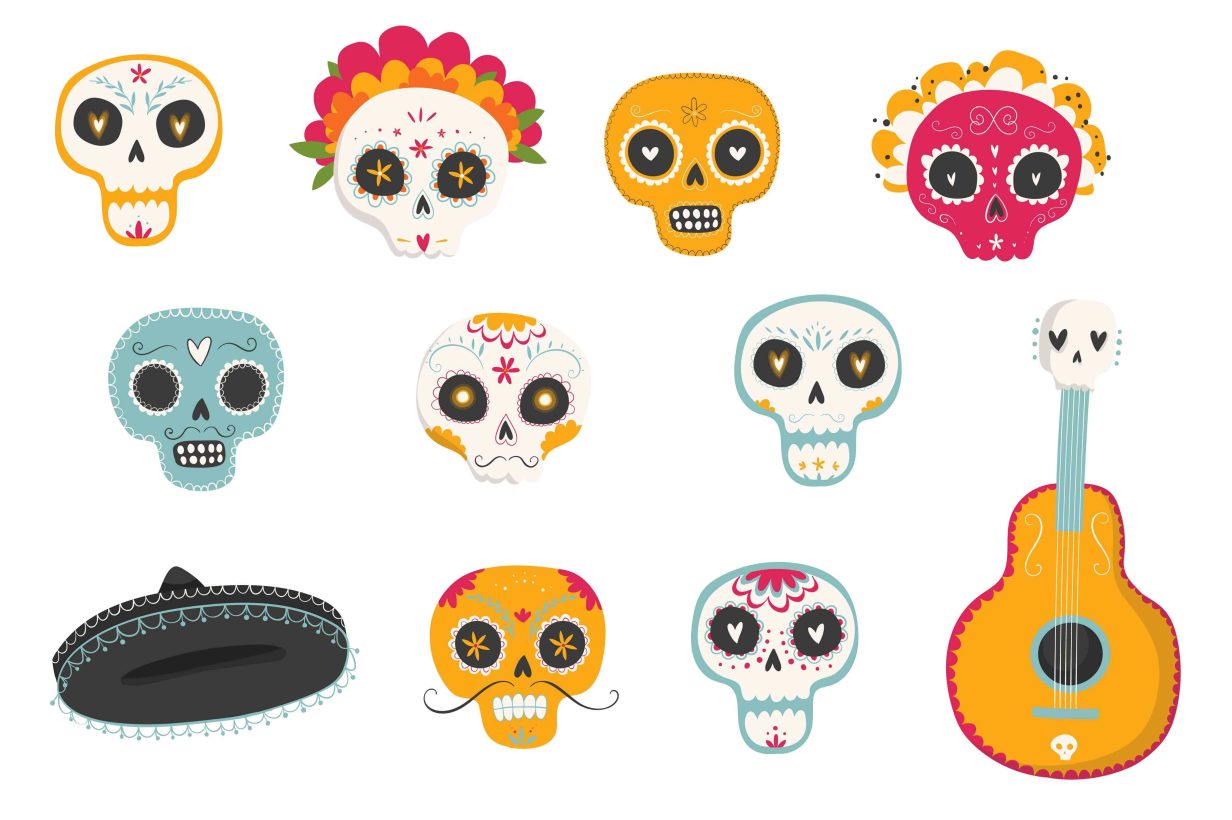
The skull emoji. Its meaning seems blatantly obvious, right? After all, its emoji name sounds pretty doom-laden. Wrong. For today’s teens, this much-used emoji has some very different meanings from those you’d expect. Keep reading for everything you need to know about the skull emoji, including how and when it’s used and when to be concerned.
Contents:
- What is the Skull Emoji
- How Teens Use the Skull Emoji
- When is the Use of the Skull Emoji Concerning
- Understanding Emoji Culture & Digital Language
- Use Kids360 to Stay Aware—Without Invading Privacy
- Why it’s Vital to Understand the Skull Emoji
- FAQs
What is the Skull Emoji
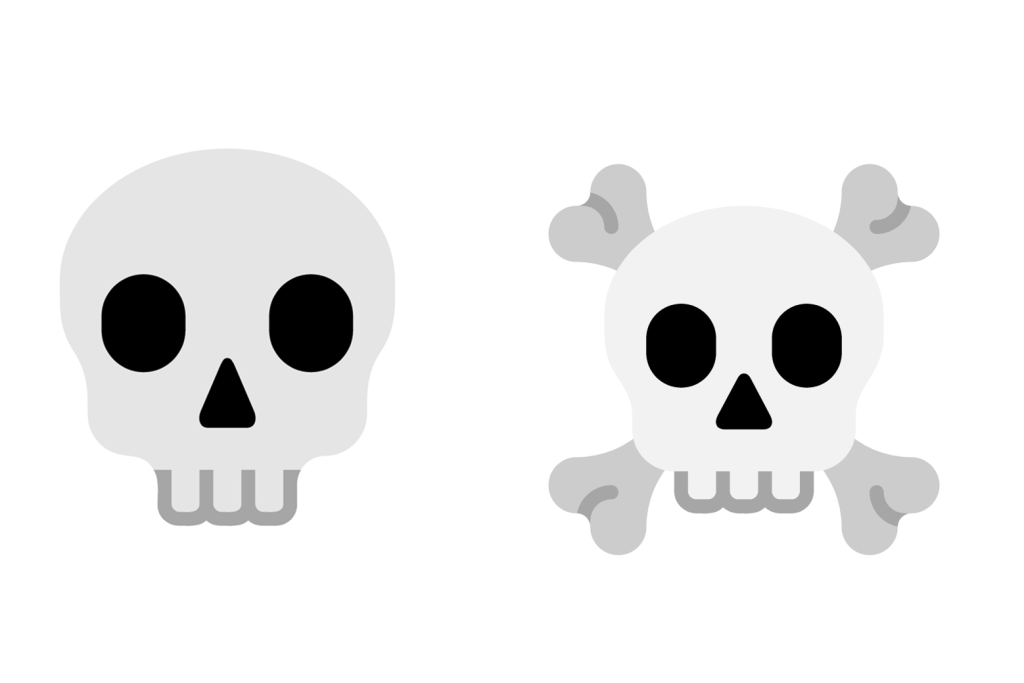
Carboxylase/Shutterstock
Let’s start with the basics. The skull emoji looks like a cartoon version of a human skull—it’s distinct from a skull and crossbones. The skull is usually off white and features a lower jawbone, a pair of hollow black eye sockets, and a nasal cavity.
It first appeared in Unicode Version 6.0 in 2010 and has the Unicode code point U+1F480. It’s now incorporated in virtually (if not all) character map applications. On Windows, the character map application can be found by searching for it via the Start menu.
While the skull face emoji was originally used to represent figurative death, mortality, creepiness, extreme danger, and related concepts, today it’s also often used as a symbol of humor (‘I’m dying laughing’) or dramatic flair.
How Teens Use the Skull Emoji
For Gen Z, the skull emoji 💀 has evolved far beyond its original association with death or danger. Since the early 2020s, it’s been widely used in a humorous, ironic, or exaggerated way—most often to say “I’m dead” in response to something extremely funny, shocking, or awkward.
For example:
- After someone sends a hilarious meme:
“This meme—💀💀💀 I can’t breathe” - In reply to a painfully relatable confession:
“Me pretending not to care when they ignore me 💀” - Or after a tough workout or school day:
“Just got out of chemistry class 💀 my brain is fried”
It’s also common to see the skull emoji used on its own as a reaction on platforms like X (formerly Twitter), Instagram, or TikTok—sometimes in a string (💀💀💀) to emphasize how intense the emotion is.
In many cases, teens use 💀 instead of the classic 😂 (Face with Tears of Joy), especially when the humor is darker, edgier, or painfully real. On TikTok, for example, you might see the skull emoji in comments under a video that’s cringey, awkward, or painfully accurate—often used to say “this killed me” or “I’m dying inside.”
So while adults might still associate 💀 with danger or something ominous, teens are likely just laughing really hard—or at least pretending to.
When is the Use of the Skull Emoji Concerning
Denis Gorelkin/Shutterstock
In most cases, teens use of the skull emoji is a harmless one, and part of the slang shared by Gen Z. As well as being linked to humor, embarrassment, or extreme reaction, this emoji may be used in connection with Halloween, ghost stories, horror movies, fairy tale villains or a general goth subculture.
However, when it comes to emoji designs, given that this one can represent figurative death, it’s a good idea to pay close attention to how your kid is using it. For example, it can be used to symbolize exhaustion or overwhelm, or as a comment that someone is too skinny.
It’s important to differentiate between harmless uses of the skull emoji and something more concerning. It may be no sweat that your teen creates the odd skull emoji sticker around Halloween or as part of messages to do with creepy stories, horror movies, or a blunder that caused some humorous embarrassment. If, though, its usage is in conjunction with talks about anxiety, sad messages, mental health, or accompanies one-word answers, it’s worth taking notice. This could suggest that your teen is struggling, becoming depressed, feeling isolated, or otherwise going through a tough period.
Talking to teens about our concerns can be tricky and emotionally charged. That’s why it’s important to stay calm and speak to your child in a non-judgmental way—without trying to rush in and ‘fix’ everything. Pick a moment when they’re not distracted, and ask gentle, open-ended questions to understand what’s going on and how they’re feeling.
Understanding Emoji Culture & Digital Language
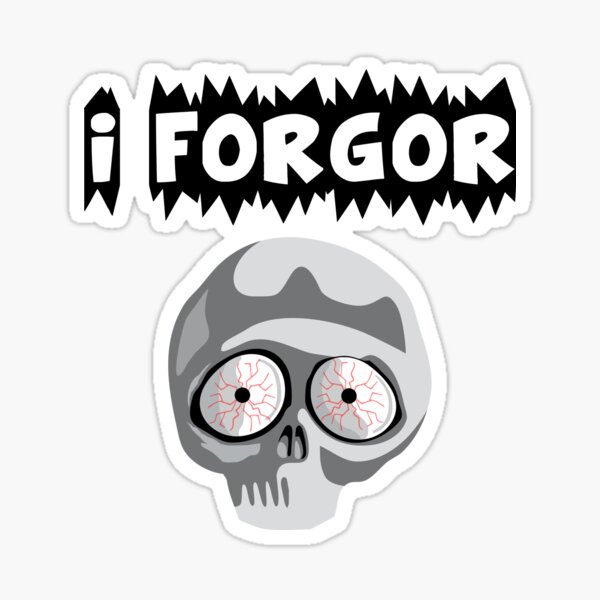
Credit: redbubble.com
Today really is the emoji era, with these symbols (near infinite in number) used to express a dizzying range of expressions and moods. They can be used as a reaction, to emphasize a message, add comedy value, or even in place of a punctuation mark, and the skull emoji is one character in this vast digital language.
It’s not enough to just learn the meanings of different emojis right now—emoji meanings evolve over time. The skull emoji is the perfect example of this. While initially used to symbolize figurative death, it’s now used in a much wider context, from expressing an extreme reaction to conveying that someone has ‘died laughing.’
This evolution of meanings is part of a much wider digital culture, influenced by memes, movies, viral videos, songs, celebs, popular posts, and much more. The skull emoji’s meaning shifted in 2021, as a result of the ‘I forgor’ meme, itself inspired by a tweet based on a typo. Within months, it was being used by Gen Z to express a very different set of meanings compared to its original connotations. Some commentators have suggested that the sense of dystopian pandemic nightmare engendered by the Covid outbreak also played a part in the replacement of the ‘crying laughing’ emoji with the skull—a suitably bleaker symbol.
For parents, staying on top of these changing trends can feel like a full-time job. There are several online guides to emoji meanings designed specifically for parents, such as a very helpful list from Findmykids, which includes both the obvious and ‘hidden’ meanings of a range of popular emojis. You can view full details here.
Use Kids360 to Stay Aware—Without Invading Privacy
an ever-increasing number of parents are turning to thoughtful, high-quality tools like Kids360 to stay informed without overstepping boundaries. This app strikes a healthy balance between supervision and trust, helping you support your teen’s online experience while respecting their growing need for independence.
With Kids360, you can:
- Monitor screen time and app usage to understand how your child spends their digital hours
- Set healthy limits for apps that tend to consume too much time
- Block inappropriate or unsafe platforms
- Receive insights without reading personal messages or violating privacy
It’s ideal for parents who want to be present, not intrusive—and who understand that digital freedom should grow with responsibility.
🔍 Want to be in the loop without crossing the line? Download Kids360 today and stay connected in a way that works for both you and your child.
Why it’s Vital to Understand the Skull Emoji
Noticed that your kid has used a skull emoji sticker and are concerned they’re in a dark place? Worried that they’ve developed an unhealthy fascination with death? In most cases, the skull emoji is, for Gen Z, part of a harmless emoji language. While it can have worrying connotations, context is everything. Emojis don’t need to be a Gen Z team secret. As parents, learning about some of the most popular emojis, such as the skull, is an important way of understanding how your teen communicates online, and can even give you a better insight into their world.
Use the guide above to get to grips with what the skull emoji means, or maybe even as a way to start a conversation with your child if you’re worried about how they’re using it. Creating a home culture of open, honest communication is key.
FAQs
What does the skull emoji mean in texts?
Today, in texts, the skull emoji can relate to figurative death, or can be used to convey an extreme reaction or the idea that someone has ‘died laughing.’
Is it always negative?
Despite its name, the skull emoji isn’t always a negative symbol. For Gen Zs, it can be used as an exaggerated reaction, humor, or to suggest something is so funny the user has ‘died laughing.’
What does the 💀 mean?
The skull emoji can be used to mean danger, figurative death, or in connection with Halloween, spooky, gothic, or creepy themes. Since the early 2020s, it’s also frequently used to convey that something is extremely funny—so much so that someone has ‘died laughing.’
Why do Gen Z use 💀?
Gen Z often uses the skull emoji as an extreme reaction, to indicate that something is extremely funny, embarrassing, or to denote exhaustion.
How to use 💀?
There are many different ways to use the skull emoji. It can be used in reference to figurative death or danger, alongside a message about, for example, a scary movie or Halloween, or to express an extreme reaction or part of a humorous text.
Why is 💀 popular?
The skull emoji is so popular, partly because it can be used in many different contexts, making it a very versatile emoji. It can be viewed as forming part of a digital language used by Gen Z, where the meanings of emojis, words, and phrases aren’t as they necessarily appear.
Credit: Artnis/Shutterstock
Проверьте электронный ящик

